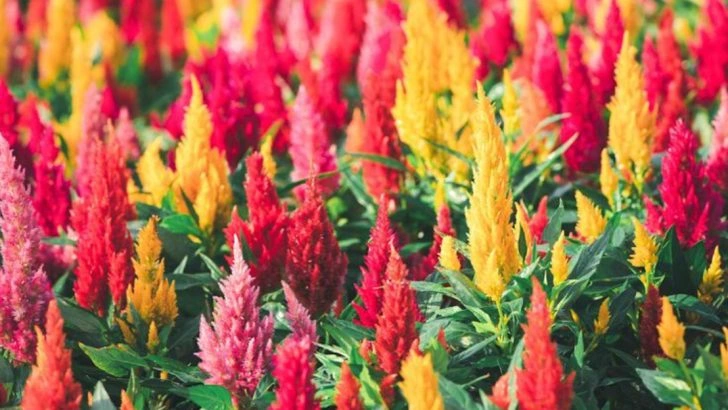Celosia, with its fiery plumes and vibrant colors, is one of the most eye-catching flowers you can grow. Whether you love the bold cockscomb variety, the feather-like plumosa types, or the striking spicata spikes, celosia adds instant flair to beds, borders, and containers. But for these blooms to truly thrive and last, it takes more than just sunlight and soil.
From choosing the right location and understanding their watering needs, to mastering deadheading techniques and preventing common pests, a few key strategies can keep your celosia blooming strong all season long. If you’re hoping for vibrant, healthy plants that don’t fizzle out too soon, these 13 tips will help you grow celosia that turns heads and keeps going.
Choose the Right Location
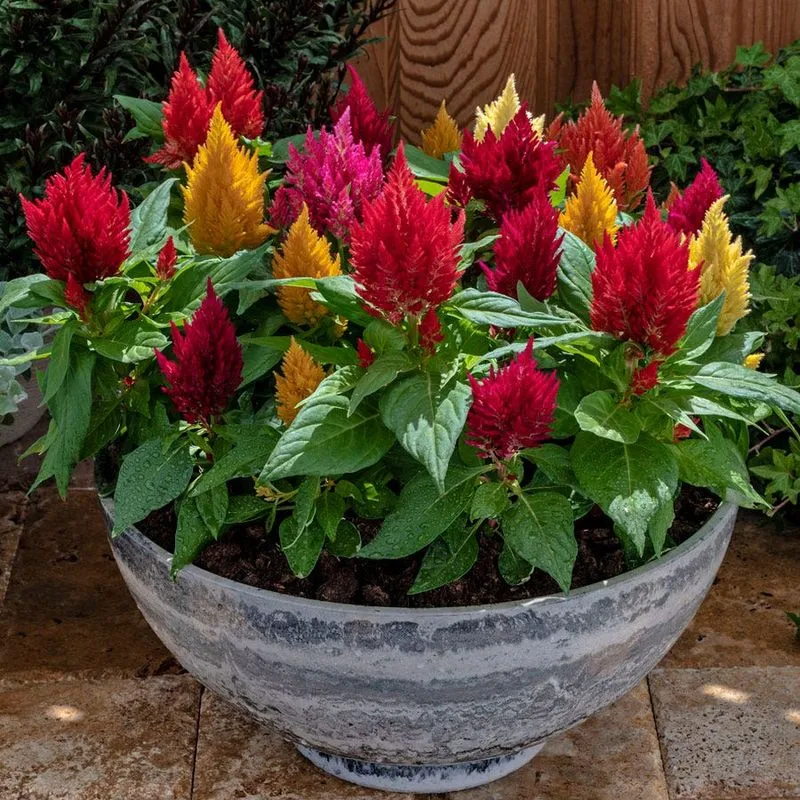
Selecting the perfect spot is crucial. Celosia thrives in full sun, where its blooms can absorb plenty of light. Aim for a location that receives at least six hours of direct sunlight daily. This ensures vibrant colors and robust growth.
Avoid areas with excessive shade, as they can lead to leggy plants with fewer flowers. Good air circulation also helps prevent common fungal issues. If planting indoors, position your celosia near a sunny window. By giving them the right environment, you set the stage for a spectacular display.
Understand Soil Preferences
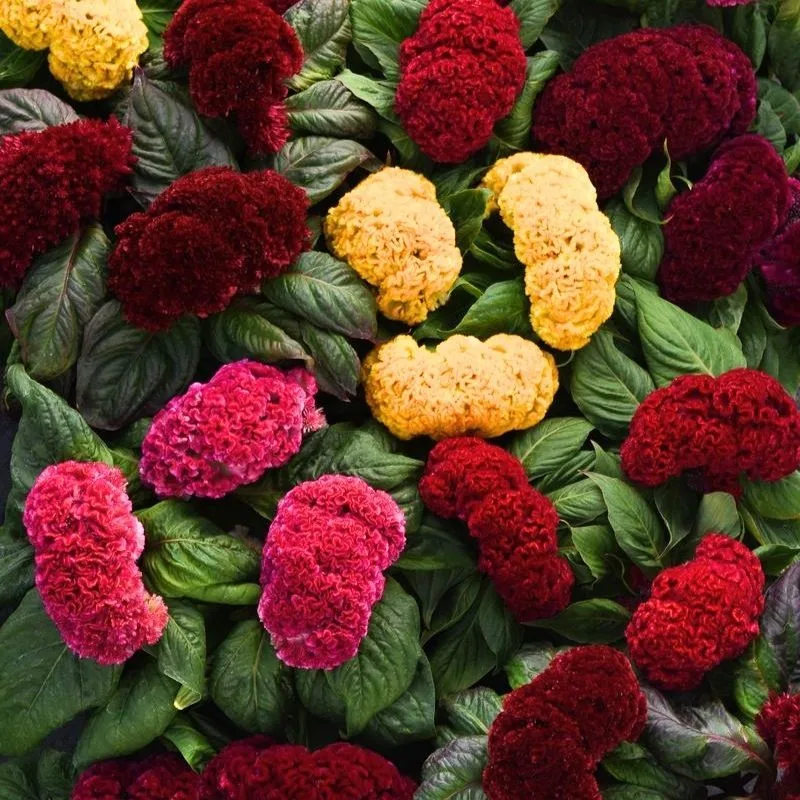
Celosia plants are not particularly fussy but have their preferences. They thrive in well-draining soil, enriched with organic matter. A soil pH between 6.0 and 7.0 is ideal, promoting healthy root development.
Avoid heavy clay soils, as these can retain moisture and cause root rot. Adding compost can improve drainage in troublesome areas. Regularly testing soil pH ensures your celosia remains in a conducive environment. This simple step can make a significant difference.
Mind the Watering Routine
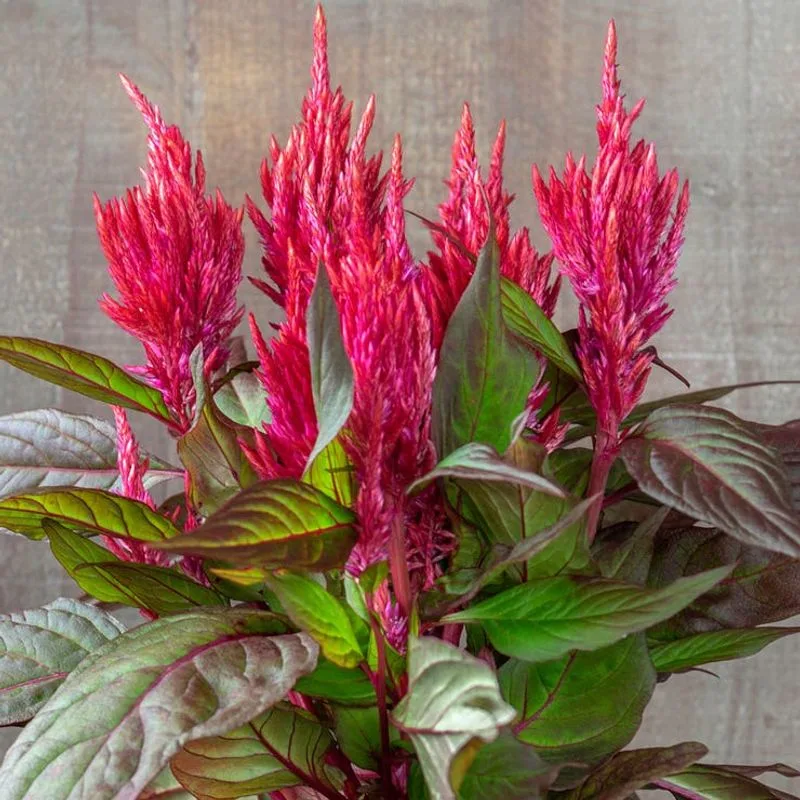
Consistent watering is essential for celosia, but overwatering can be detrimental. Water deeply, allowing the soil to dry between sessions to encourage strong root systems. The “soak and dry” method works well.
Be mindful during rainy periods; excess moisture can lead to fungal diseases. Mulching preserves soil moisture and minimizes evaporation. This balance is key to healthy blooms.
Fertilize Wisely
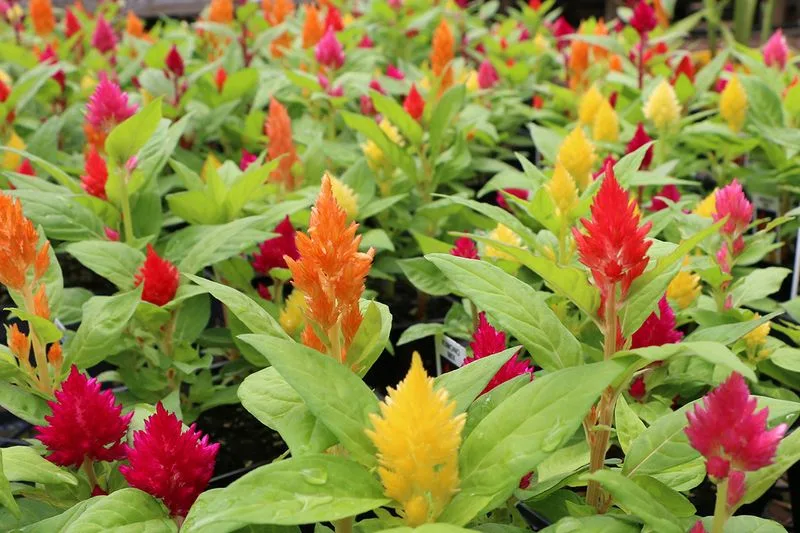
Fertilizing celosia requires a gentle hand. Over-fertilization can lead to lush foliage but fewer blooms. Opt for a balanced, slow-release fertilizer applied once a month during the growing season.
Organic options are preferable, supporting sustainable growth. Carefully following package instructions ensures nutrients are delivered effectively. Your celosia will reward you with vibrant, long-lasting flowers.
Prune Regularly

Pruning encourages new growth and prolongs blooming. Regularly deadhead spent flowers to channel energy into fresh blossoms. This task, though simple, significantly boosts your plant’s vitality.
Trim any leggy stems and remove damaged foliage. Your celosia will appear tidier and healthier. This gentle upkeep maximizes aesthetic appeal and bloom longevity.
Watch for Pests and Diseases
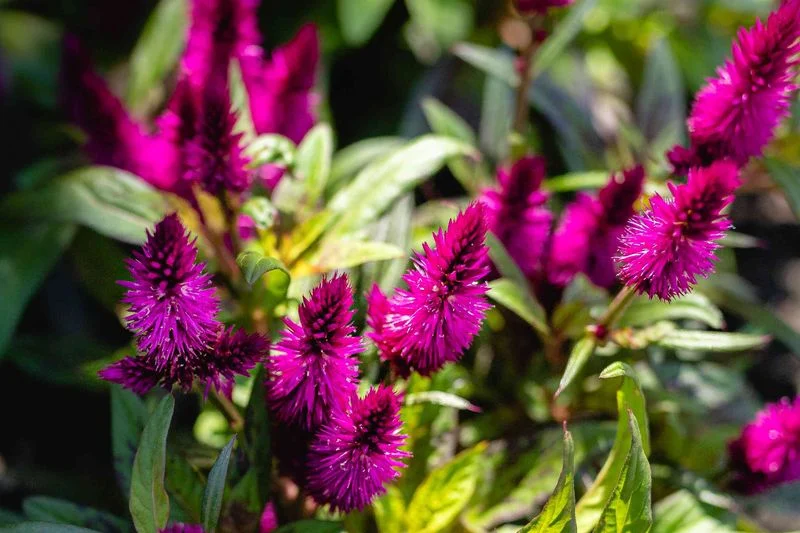
Vigilant monitoring prevents pests and diseases from taking hold. Common culprits include aphids and spider mites. Introducing beneficial insects like ladybugs can naturally control these invaders.
Fungal diseases are a concern if conditions are too moist. Ensure adequate spacing and air circulation. Regular inspection keeps problems at bay, ensuring your celosia remains vibrant and healthy.
Use Companion Planting
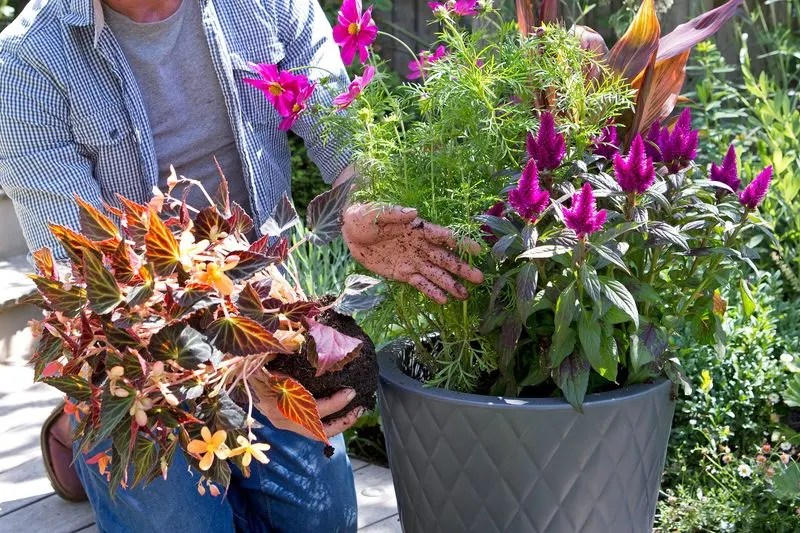
Celosia pairs well with certain plants, enhancing its growth and appearance. Marigolds and zinnias are excellent companions, deterring pests and adding color contrast.
Companion planting creates a thriving ecosystem, benefiting all involved. Strategically mix plants to not only improve aesthetics but also bolster pest resistance. It’s a harmonious garden strategy.
Adapt to Climate

Understanding local climate impacts celosia care. These plants prefer warmth and can suffer in cold snaps. Consider timing your planting to avoid frost.
In hotter climates, ensure adequate hydration and mulching to protect roots. Such climate-specific adjustments optimize growth and flowering, ensuring your celosia thrives.
Choose the Right Varieties
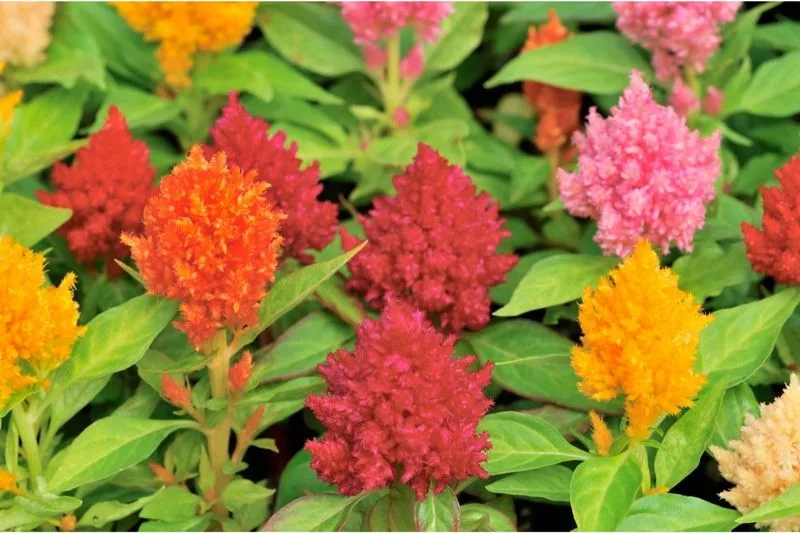
With diverse celosia varieties available, selecting the right one can enhance your garden’s charm. Cockscomb offers unique, crinkled blooms, while plume types provide feathery elegance.
Consider growth habits and color preferences when choosing. Understanding each variety’s characteristics helps in creating a visually appealing and cohesive garden space.
Protect from Harsh Winds
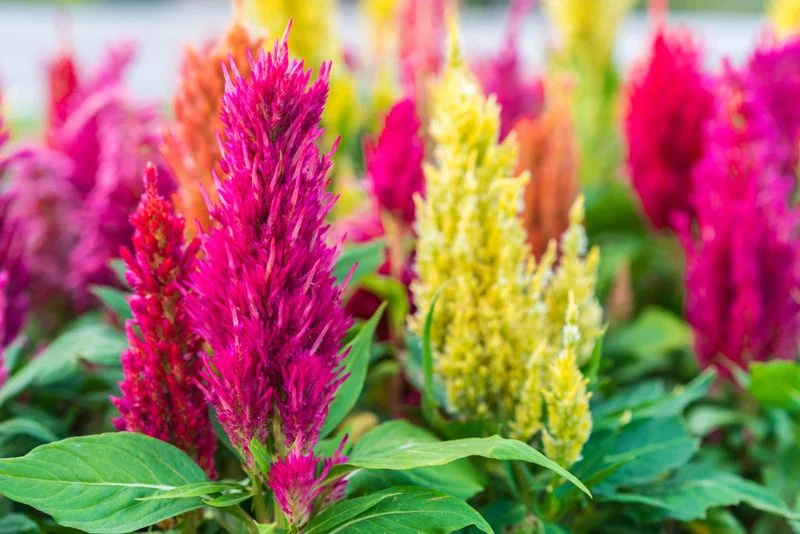
Celosia, though robust, can be vulnerable to strong winds. Installing windbreaks or planting near natural barriers like hedges can offer protection.
This precaution prevents stem breakage and ensures the plant’s stability. Wind protection helps maintain the integrity of your garden’s design, preserving the beauty of your blooms.
Use Organic Mulch
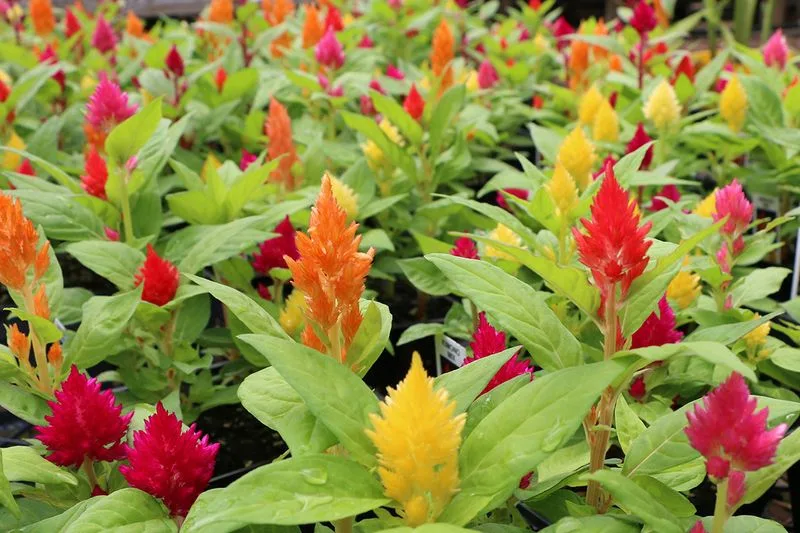
Organic mulch serves multiple purposes. It conserves moisture, suppresses weeds, and enhances soil quality over time. Applying a 2-3 inch layer around celosia is beneficial.
Choose mulch types like wood chips or straw. This approach is both environmentally friendly and highly effective in supporting healthy plant growth.
Cultivate Patience
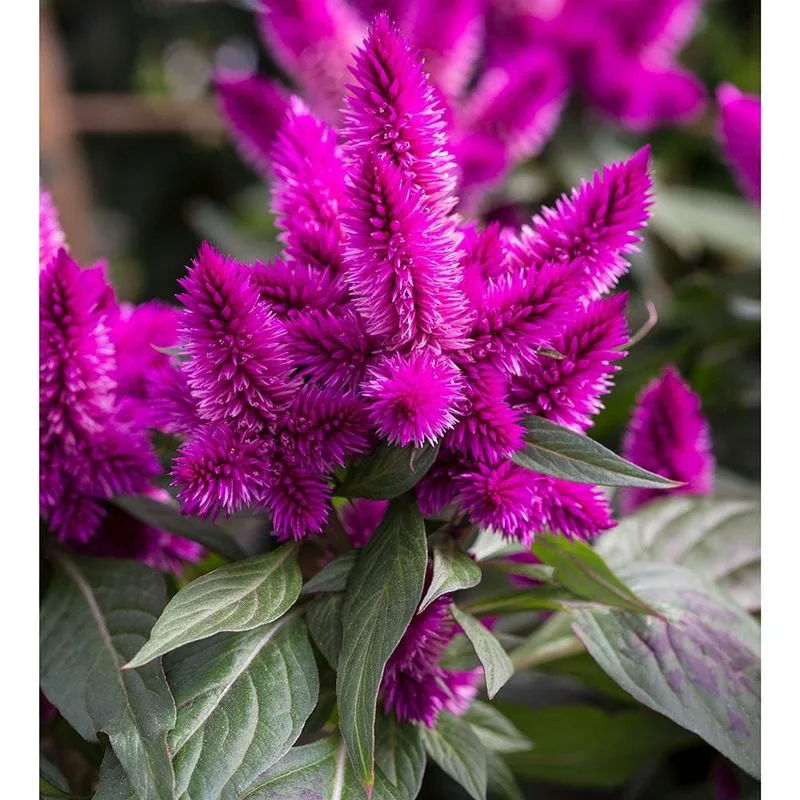
Gardening requires patience, especially with celosia. These plants take time to develop their captivating blooms. Regular care and attention eventually yield rewarding results.
Enjoy the process, celebrating small victories as your celosia matures. This mindful approach enriches the gardening experience, fostering a deeper connection with your plants.
Harvest Thoughtfully
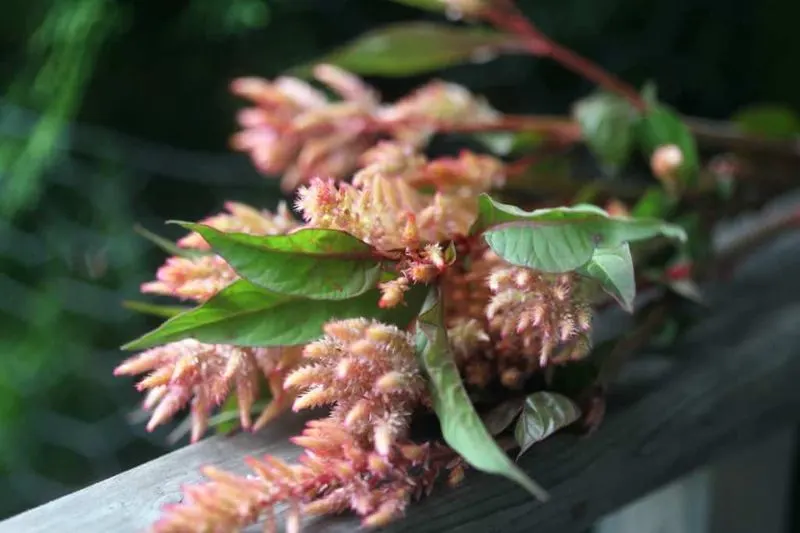
When harvesting celosia for floral arrangements, timing is key. Cut blooms when they’re fully opened but not yet fading. This ensures vibrant, long-lasting displays.
Handle stems gently to avoid damage. Keep flowers in water for immediate freshness. Thoughtful harvesting maximizes the beauty and lifespan of your celosia blooms indoors.

